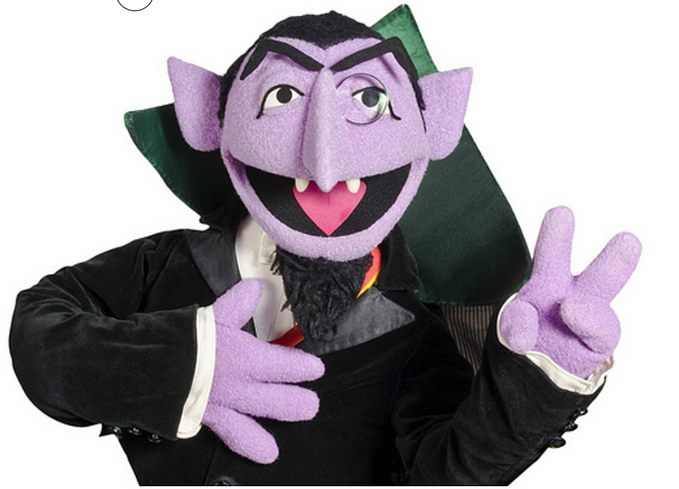Why is Deadwood So Damn Good?
Or, why I’m writing about a show that is more than ten years old.
Let’s do something very quickly before I answer the question posed in the title. Let’s agree that, yes, more than a decade has passed since the final episode of Deadwood. And, yes, I have only watched the first season. Perhaps it goes full Homeland in season two and I’ve a big disappointment in store! We can acknowledge those things, and then move on.
Back to the title of this post, and why I felt like I had to write it, several minutes after finishing the season one. I’m going to talk Deadwood the easy way, because I’d like to bang out a rough outline and get back to watching season two. And, as always, the easy way is a list.
Reasons Deadwood is Excellent:
- It takes its time. Very much so.
Now, I know we live in the golden age of television, and tens of millions of us essentially watched for an entire season as Arya buried and then disinterred a sword in Braavos with very little in between, but I maintain that the patience exhibited by Deadwood is of a different brand.
Time moves slowly in the unincorporated township of Deadwood—two episodes might take the span of just a day—but the happenings are of the smaller variety: a barkeep plotting to take advantage of the theft of some Chinatown opium, or an ex-marshall slowly, inexorably, unwillingly picking back up the mantle of the law in the form of the sheriff’s star.
Sure, there are monoliths moving over the horizon: the good ol’ USA has designs to incorporate the township, well-to-do Eastern Seaboard types have their own designs on some deep and rich gold claims, and threats from the Sioux to the smallpox are barely held at bay by the meager civilization, but they all seem distant from the center of the show. Most of Deadwood is simply dialogue just a few subtleties away from Elizabethan drama. And that, I think, makes the occasional act of outlaw violence and bedlam that much more exciting.
2. The principal characters are endlessly interesting.

Ian McShane has a reputation that outweighs, at least in my experience, my familiarity with any of his actual acting. My first introduction was a cameo in Game of Thrones, as a matter of fact. But his Al Swearengen has quickly joined the ranks of Ari Gold, the Hound, Benjamin Linus, and the rest of the best of TV’s scenery-chewing pseudo-villains that you can’t help but root for.
Is he just a bad, bad man? Well, yes, basically, but there’s a weirdness to him that engenders sympathy, or at the very least interest, in his current and future machinations. I wonder how many times McShane watched Daniel Day Lewis in Gangs of New York as inspiration. He’s that good, if on a slightly smaller stage than his Irish-baiting New York counterpart.
And Timothy Olyphant’s Seth Bullock has the kind of crazy-eyed righteousness that can (and frequently does) spiral chaotically out of control at any moment. Things finally settling down? People seem happy and sales at the neighborhood hardware store are up, up, up? Far be it from Bullock to settle for a nice status quo if there’s a moral quandary to be violently resolved. If he weren’t played so straight, you might hate him, but Olyphant gives him a fervor that feels like it could move mountains, which makes the infrequent quiet moments where he lets you in his head that much more interesting.
3. It’s a western, but not a Western.
When I was a senior at UC Davis, I took off for Korea for half a year to teach english to kids in the countryside, and when I returned, I had a full fifth year during which I had only to take handful of final courses to graduate. Educationally unencumbered as I was, I signed up for elective courses to keep myself from completely destroying my liver with extracurricular activities. One of the former was a film class.
The title was something like Western Film 101(it’s no longer offered, so I can’t confirm), so I assumed it was North and South American cinema, maybe with some European film thrown in.
Nope! It was actually all cowboy westerns, which I discovered on the first day of class. At first I was disappointed, but as we moved from the silent era through classics like Treasures of Sierra Madre to post-westerns (a real thing) like Dead Man, I got an actual education in the genre, which it turns out has a whole bunch going on, including tropes and rules that the Western universe seems to, pardon the phrase, really hang its hat on.
Deadwood plays with these, but it doesn’t subscribe to them whole-heartedly. If, in the course of a classic, capital-w Western, a character is introduced as the talkative type, you can be sure of one thing: that guy is more doomed than the sexually liberated party girl in a slasher film. Cowboys don’t talk, their Smith & Wesson’s do.
But in Deadwood, even the deadliest characters relish a nice monologue, and some of the most bumbling characters have survived into the second season (I am now three episodes deep and have continued watching as I’ve written this out). Bullock is a quintessential cowboy sheriff who wouldn’t tell you to put him out if he was on fire, but he’s the only truly taciturn character in the show. And that’s just one example of the ways Deadwood pays homage to the rich traditions of the Western without feeling trapped by them. It makes the show comfortingly familiar, but also free, loose, and a little dangerous.
Kind of like Deadwood itself.
Some final thoughts: if you haven’t watched the show, it’s on HBO Go, and only (tragically) three seasons long. Right now, you have literally no better options, unless you haven’t caught up on Westworld or Game of Thrones yet, and there’s word that HBO is finally resurrecting Deadwood in the form of a movie soon. So, you know, get on it.







